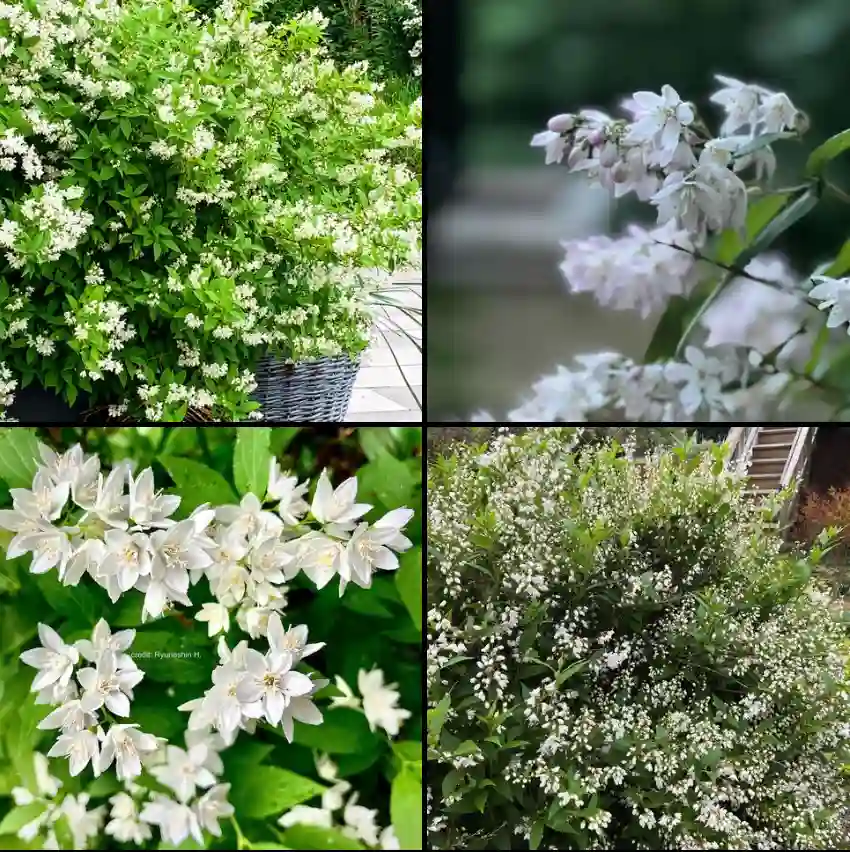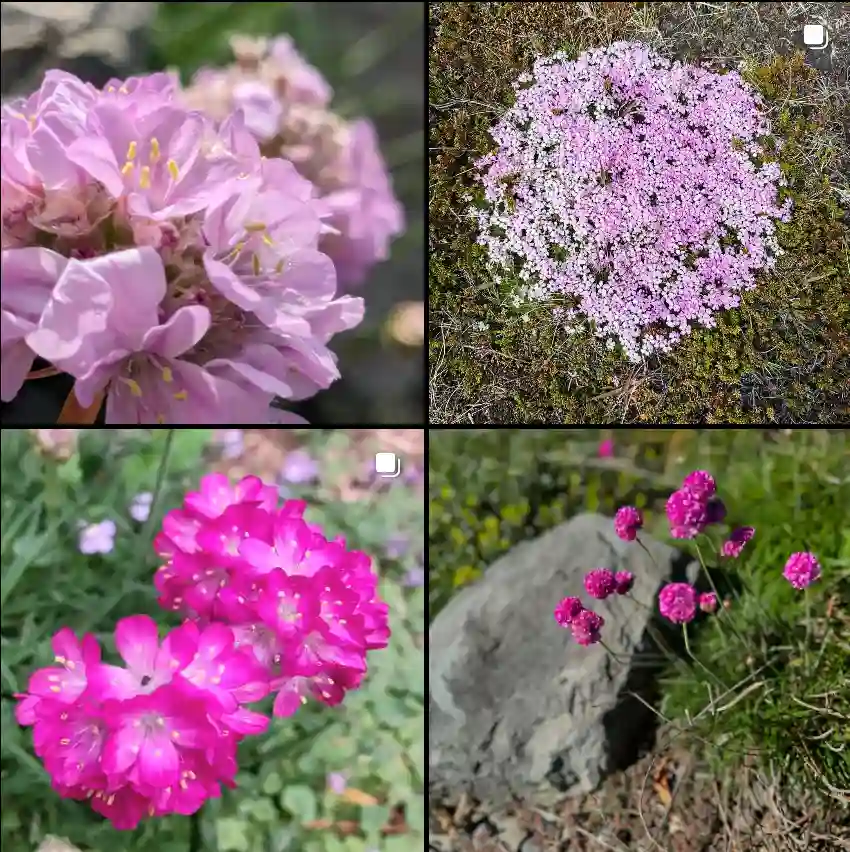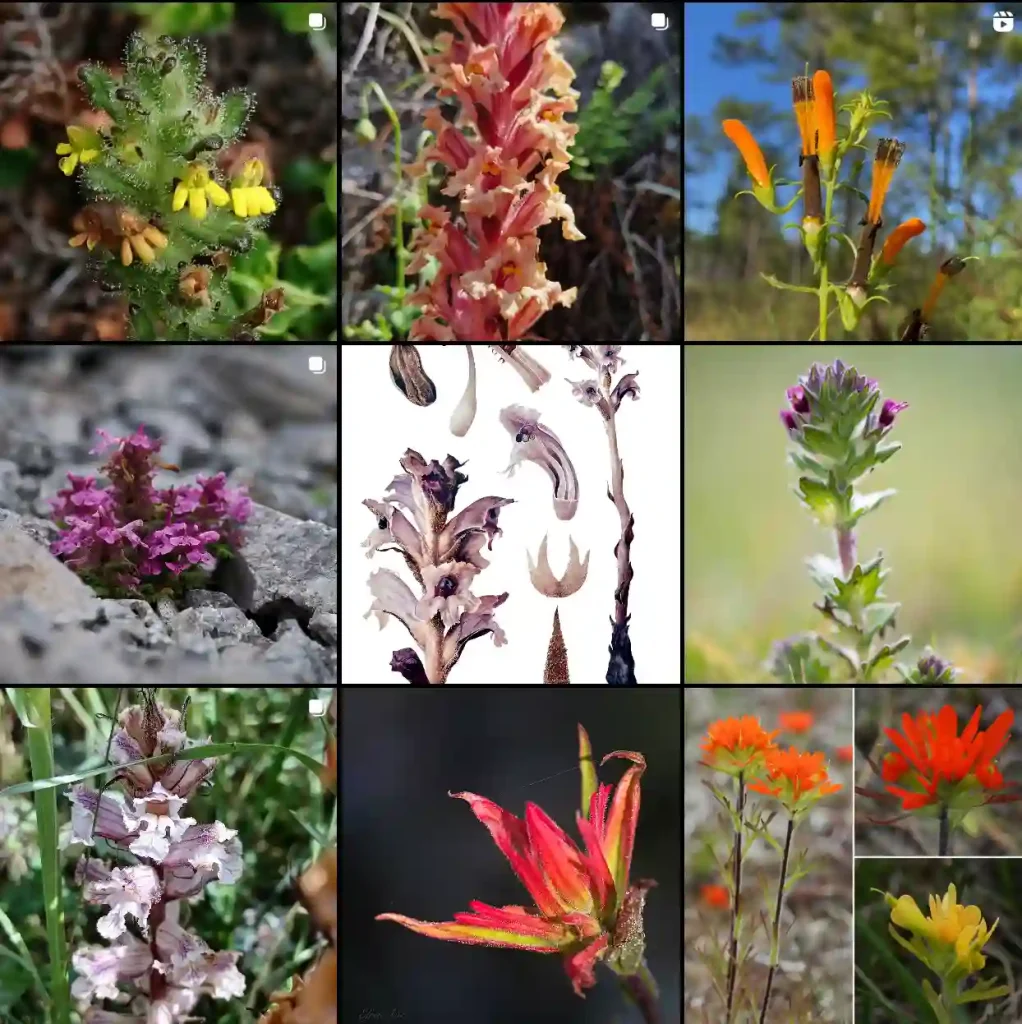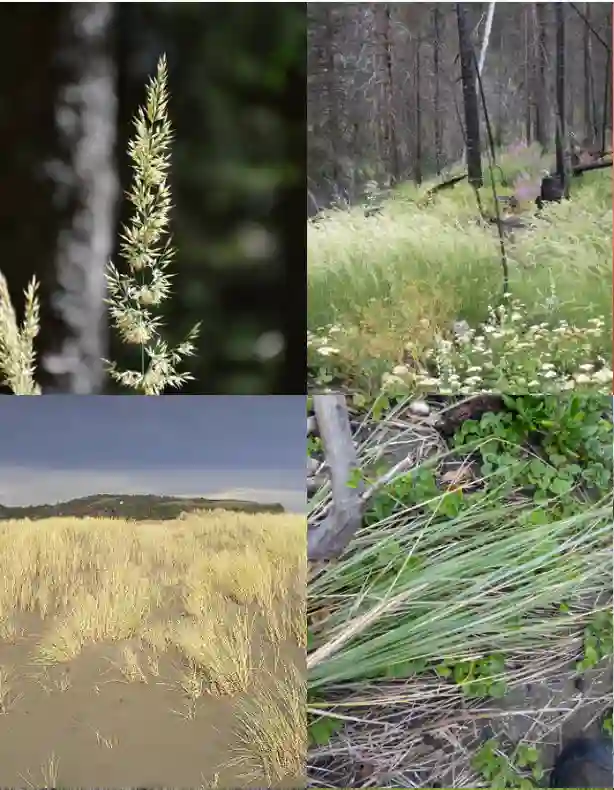Discovering the Brunelliaceae Family: A Closer Look at Brunellia
The Brunelliaceae family may not be as familiar as some plant families, but it holds its unique charm, especially when you dive into the genus Brunellia. As an avid plant enthusiast, I always look for the beauty in plants, especially those with rich histories and ecological significance. The Brunelliaceae family has become one of my recent interests due to its fascinating members and their environmental impact.
Introduction to the Brunelliaceae Family
The Brunelliaceae family is a small yet significant family of flowering plants within the order Oxalidales. What attracted me to this family is its intriguing distribution and adaptability in tropical regions, especially in South and Central America. Plants in this family are often found in cloud forests, a type of ecosystem I find particularly captivating. Cloud forests, with their misty and cool environments, house a diverse range of flora, and Brunelliaceae is no exception. Their ability to thrive in these unique environments speaks to their resilience and ecological importance.
The Genus Brunellia
The standout genus in the Brunelliaceae family is Brunellia. This genus comprises around 50 species, each with its own unique characteristics. What initially drew me to Brunellia is how these trees fit perfectly into their cloud forest homes. As I started to research more, I realized these species are tall, elegant trees with striking compound leaves. The genus has a widespread distribution from southern Mexico to northern South America, making it an important part of the ecological tapestry in these regions.
One thing I find particularly interesting about Brunellia is how they contribute to the forests’ structure and function. These trees are integral to maintaining the delicate balance of the cloud forest ecosystems, where water and nutrient cycles are critical. The dense, lush canopies of Brunellia trees help in capturing moisture from the air, a characteristic feature of cloud forests. This role in water retention supports a wide range of biodiversity, including numerous animal species that depend on these trees for habitat.
Unique Characteristics of Brunellia Species
One of the features that makes Brunellia species stand out is their pinnate leaves. The foliage of these trees gives them a distinctly elegant appearance, a visual appeal that I admire. Each leaf is composed of multiple smaller leaflets, and the leaves themselves can be quite large. In fact, in some species, the compound leaves create a dense canopy, providing shade and cooling the surrounding air.
Moreover, many Brunellia species have flowers that are small but numerous, and though they are not particularly showy, their subtlety adds to the overall beauty of the tree. These flowers often lead to small, dry fruits that play a role in seed dispersal. Even though the flowers aren’t the main attraction, they play an essential ecological role, supporting local insect populations, including pollinators, which are crucial for the health of these forest ecosystems.
Ecological Importance of the Brunelliaceae Family
As someone deeply invested in the role plants play in their ecosystems, I was fascinated to learn how species within the Brunelliaceae family contribute to the health and stability of their habitats. Their presence in cloud forests is not just incidental. The trees in this family, especially Brunellia, form part of the forest canopy, providing critical ecosystem services.
Their ability to capture moisture from the atmosphere and regulate the water cycle is crucial in cloud forests, where water availability can be sporadic. The dense foliage of Brunellia trees intercepts mist and rain, channeling water into the ground and providing hydration to the surrounding plants and animals. This creates microhabitats beneath the canopy, fostering a rich understory of mosses, ferns, and other epiphytic plants.
The biodiversity supported by Brunelliaceae members also includes various bird species, insects, and mammals. For instance, birds often use these trees for nesting, and many small mammals rely on the trees’ structure for shelter. It’s amazing to think how one family of trees can support an entire ecosystem, serving as the backbone of their habitat.
Conservation Concerns
As with many plant families that reside in specialized ecosystems like cloud forests, the Brunelliaceae family faces conservation challenges. Deforestation and climate change are two significant threats to these forests. Cloud forests are incredibly sensitive to changes in climate, and any shift in temperature or moisture levels can have devastating effects on both the plants and animals that rely on them. I’ve come to appreciate the delicate balance that exists in these ecosystems, and it’s concerning to see how human activities can disrupt that balance.
Preserving the habitats where Brunellia and other Brunelliaceae species thrive is crucial. Conservation efforts focused on protecting cloud forests not only save the species within the family but also maintain the ecological services they provide. Reforestation and the establishment of protected areas are vital steps toward ensuring the survival of these beautiful and ecologically significant trees.
My Personal Takeaway
Exploring the Brunelliaceae family, particularly the genus Brunellia, has deepened my understanding of how interconnected plant families are to their ecosystems. These trees are more than just beautiful additions to the forest—they are vital components of their environment. Their role in water retention, habitat creation, and supporting biodiversity makes them indispensable.
As a plant enthusiast, learning about Brunelliaceae has broadened my perspective on conservation and the importance of protecting specialized ecosystems like cloud forests. Each time I encounter a member of the Brunelliaceae family, I am reminded of the intricate web of life they help sustain, and how essential it is for us to safeguard these natural treasures for future generations.
In conclusion, the Brunelliaceae family may be lesser known, but its ecological significance, particularly in cloud forests, makes it worth paying attention to. Brunellia, with its striking foliage and vital role in maintaining forest health, is a genus that deserves recognition and protection.
If i die, water my plants!



